
Communication with Customers
We use methods such as in-home product testing to listen to the voices of our customers. We participate in various workshop and events to interact with people with varying abilities. We disseminate our universal design initiatives by facilitating events and seminars.
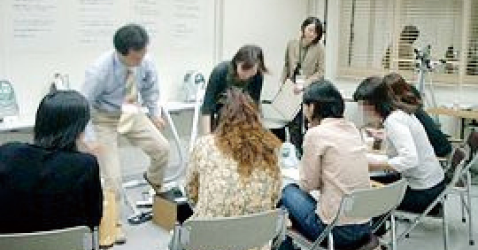
Group interview
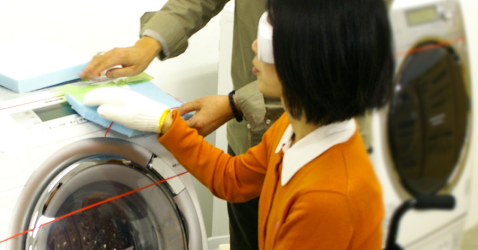
Product Evaluation
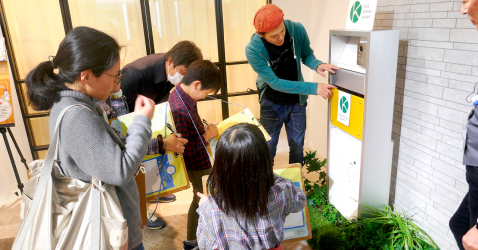
Kids Design Workshop
Product manufacture for our customers, Monitoring system
We strive to create products from the users' perspectives by clearly imagining the customers who use our products, understanding our customers' characteristics and situations for usage, and performing confirmation and verification at each stage of product development.
We are thankful for the number of housewives who, selected via public subscription, live in the Keihanshin area (Kyoto/Osaka/Kobe area), and are aged 30~60 years old, who agreed to cooperate towards the 'Product Development Monitor'.
These members use the products and allow the designers and technicians to see what they personally hadn't noticed in the first place – such as the inability to operate the product smoothly, unforeseen difficulties in usage, etc. The designers and technicians can then use this knowledge to further improve the product.
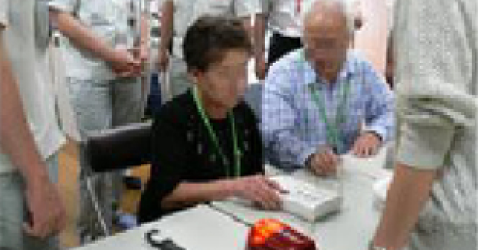
For the elderly
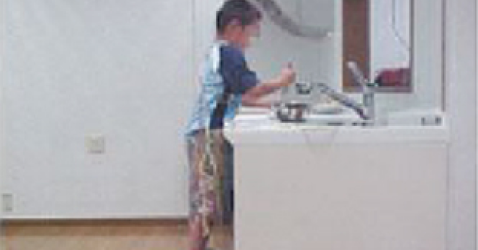
For children
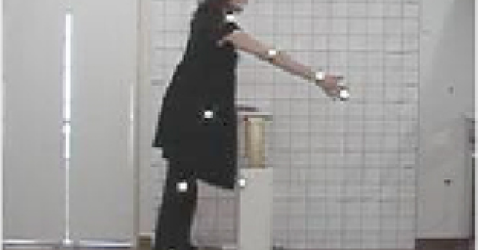
For those expecting
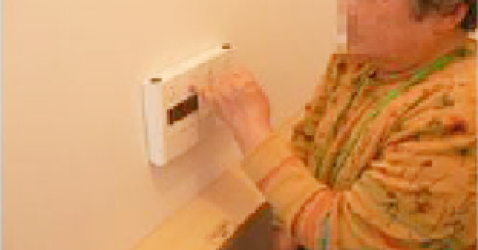
For those with rheumatism
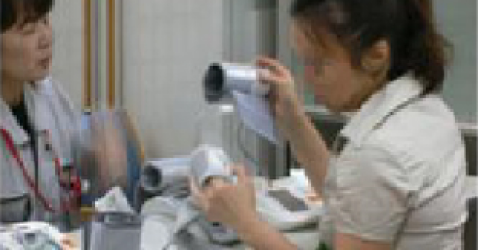
For those less able
(The photograph depicts someone with sight difficulties)
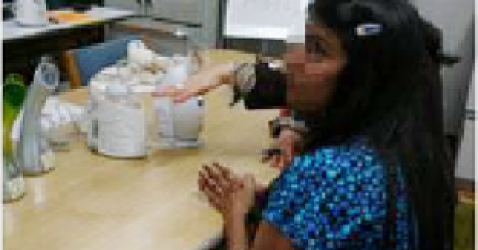
For those from overseas
(The photograph depicts an Indian person)
User-centered design
At Panasonic, product manufacturing is predominantly conducted with user-centered design (UCD) at its focus.
User-centered design is design / development which is done through the viewpoint of the user.
Fundamentally, the designer works alongside the user to fully comprehend the usage conditions, the requirements, the idea planning and the verification. This development process is an extremely hectic process.
The result of this process leads directly to the commercialization of the product, and then the development, and requirement comprehension of that product into other, newer products.
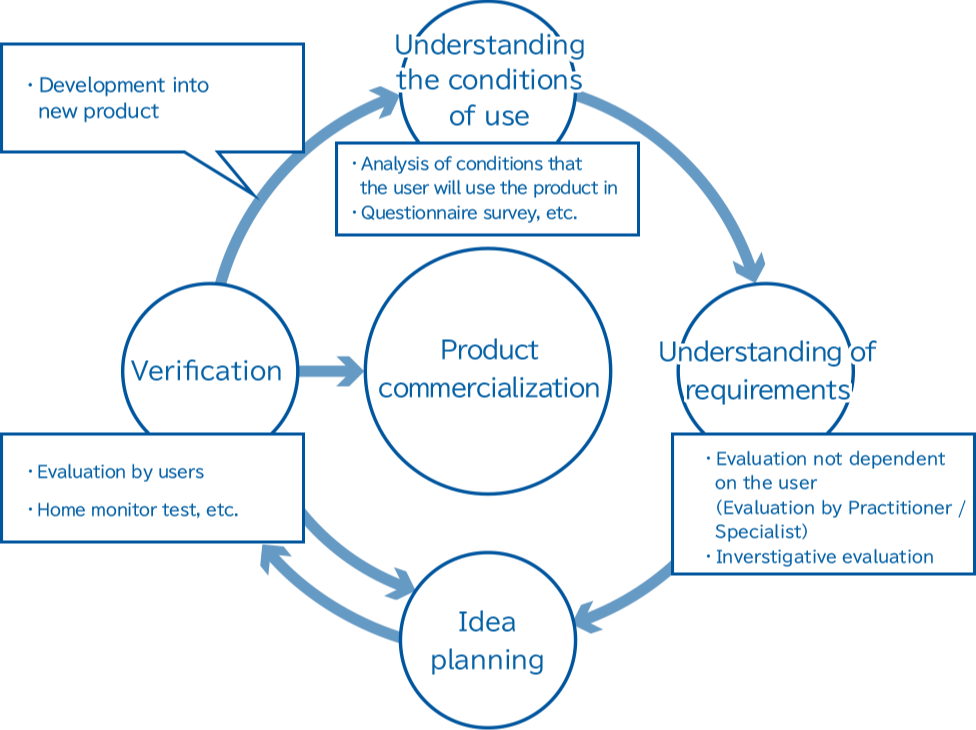
Our Widespread Activities
As a part of outreach activity, Panasonic participates in various Universal Design events and organizations that support the spread of Universal Design.
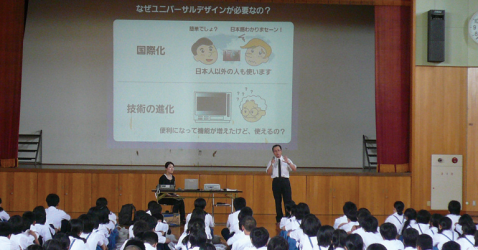
UD lectures at schools
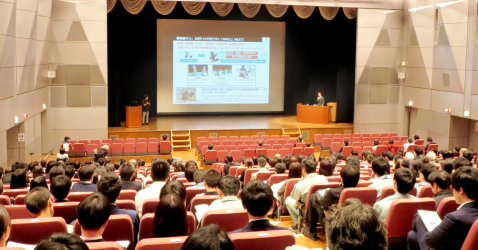
Presentation on UD to a local government
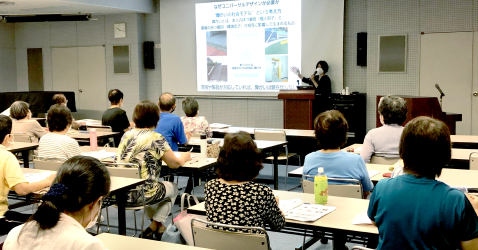
UD international conference
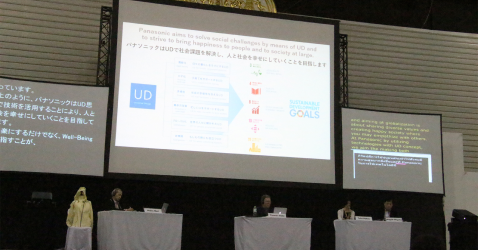
UD international conference
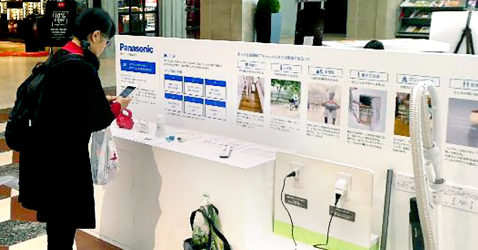
UD exhibition
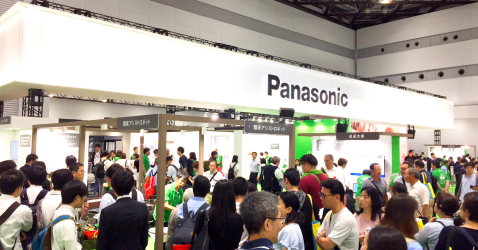
Welfare equipment exhibition
*This Universal Design website has also been revised thanks to feedback from a range of people to improve its accessibility to as many people as possible.
